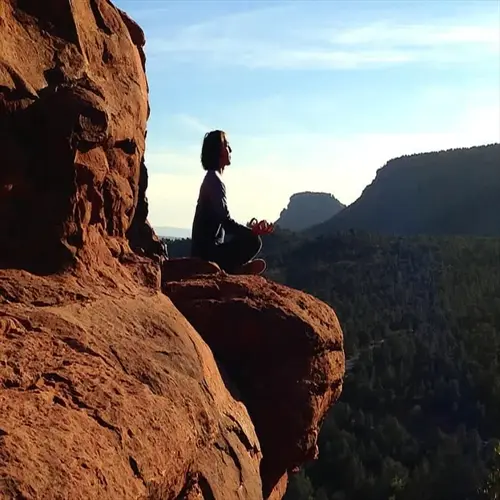What are the most effective meditation techniques for newcomers?

Written by
Chen Jialiang
Reviewed by
Prof. William Dalton, Ph.D.Basic techniques build focus efficiently for newcomers. Breath counting creates immediate anchoring. Body scanning builds body awareness. Guided sessions provide structure. Those were my beginnings. They develop fundamental skills with minimal stress.
Breath Counting
- Focus on inhalation and exhalation cycles
- Count breaths from one to ten then restart
- This anchors attention during mental distractions
Body Scanning
- Systematically notice sensations from feet to head
- Identify tension areas without judgment
- Grounds awareness in physical reality
Guided Sessions
- Follow app or audio instructions for structure
- Provides verbal cues for focus maintenance
- Reduces uncertainty for first-time practitioners
Thought Labeling
- Name distractions as 'planning' or 'worrying'
- Creates cognitive distance from mental chatter
- Develops observational skills gently
Loving-Kindness Phrases
- Repeat positive intentions for self and others
- Cultivates emotional warmth and connection
- Counters negative thought patterns
Morning practice optimizes the effectiveness of your technique. Your mind is fresh after sleep. I begin with breath-counting for five minutes. Then I will use body-scanning. I alternate methods weekly. This broadens your skill set for meditative techniques while avoiding repetitiveness.
Track progress through consistent journaling, note which techniques resonate most. Record focus improvements weekly. Avoid comparing sessions. I review my notes monthly. This reveals personal growth patterns clearly.
Combine techniques during challenging days. Use breath counting when stressed. Apply loving-kindness during conflicts. I blend approaches based on needs. This flexibility maintains practice sustainability long-term.
Read the full article: 10 Essential Meditation Tips for Beginners

